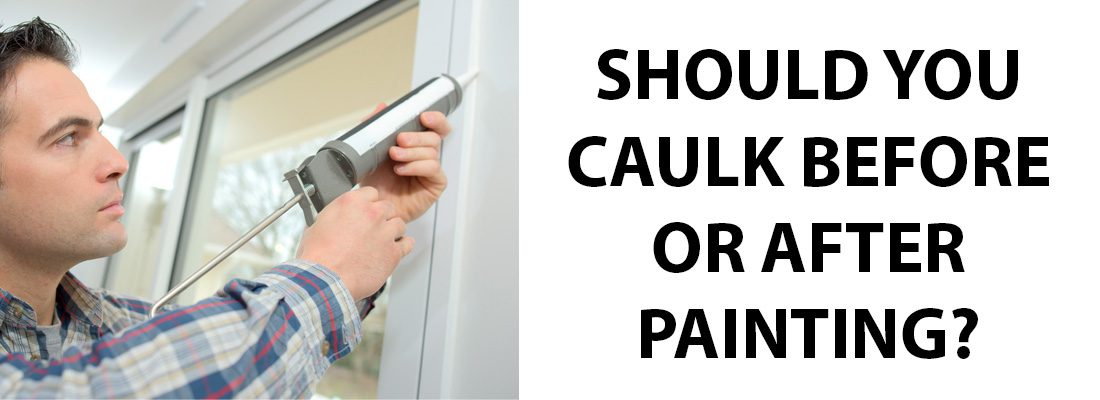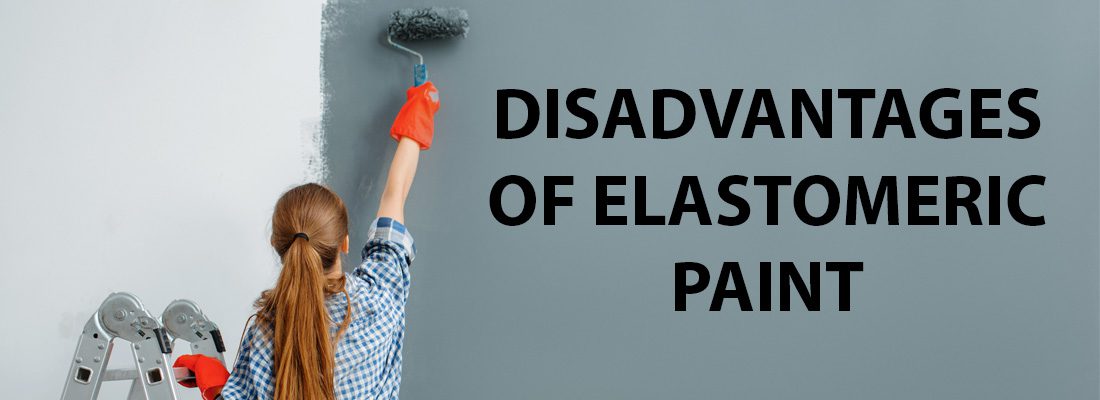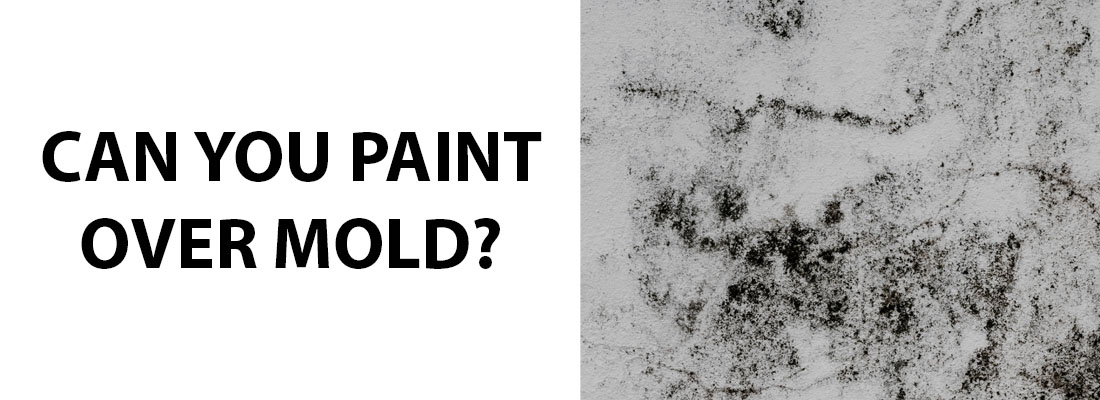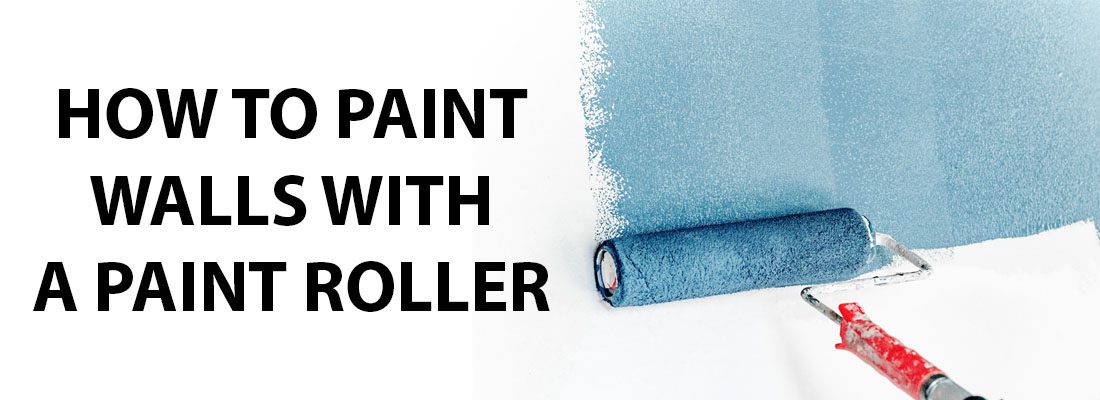When it comes to painting a room, many people wonder whether they should caulk before or after painting. The answer is that it depends on the project and your personal preference. Caulking is an important step in preparing a room for painting because it helps fill in gaps and cracks, creating a smoother surface for the paint to adhere to. However, some people find it easier to paint first and then caulk any visible gaps or cracks. In this blog post, we’ll explore the pros and cons of caulking before or after painting and help you make an informed decision for your next painting project.
If you live in the Boise area, we can help you with your painting and caulking projects! We’re based in Boise but serve the entire area including Eagle, Caldwell, Nampa, Kuna, and Meridian.
Matte vs Satin and Gloss Finish
Should You Caulk Before or After Painting?
In most cases, it’s recommended to caulk before painting. This is because caulk can shrink and crack over time, which can lead to unsightly gaps and cracks in the painted surface.
Caulking before painting can help create a smooth and seamless finish, and ensure that the painted surface is properly sealed against air and moisture infiltration. Additionally, it can be easier to apply caulk to a clean surface before painting, rather than trying to work around freshly painted areas.
However, there are some situations where it may be necessary or preferable to caulk after painting. For example, if you are painting a textured surface or applying a heavy coat of paint, caulking first may not be practical. In these cases, it may be better to caulk after painting to ensure a clean and even finish.
Is Caulking Important? Why?
Yes, caulking is a valuable and simple step that’s important when it comes to home maintenance. Caulk fills the holes, cracks, and gaps that allow moisture to enter your home. A quality caulking job can help eliminate water damage to your walls and floors as well as reducing drafts and unwanted pests from entering your home.
Moreover, caulking creates a seamless look to the finished paint job, by filling in gaps and cracks in the surface. This is particularly important when you are painting trim, where any gaps or cracks can be particularly noticeable. Without caulking, paint may not adhere properly to the surface, leading to an uneven finish that is prone to chipping and cracking over time.
In addition to its functional benefits, caulking can also enhance the aesthetic appeal of your home. By filling in gaps and creating a smooth surface, it helps to create a clean and polished look, which can add value to your property.
Are there Times You Don’t Need to Caulk?
While caulking is an important step in many painting projects, there are times when you may not need to caulk or when caulking may not be appropriate. Here are some situations where caulking may not be necessary:
- Perfectly smooth surfaces: If the surface you are painting is already perfectly smooth and free of gaps or cracks, you may not need to caulk. However, keep in mind that even minor imperfections can be noticeable once the paint is applied, so it’s always a good idea to inspect the surface carefully before deciding to skip caulking.
- Temporary paint job: If you are planning a temporary paint job, such as painting a rental property, you may not need to caulk. However, keep in mind that caulking can help prolong the life of the paint job, so it’s still a good idea to consider caulking if you want the paint job to last as long as possible.
- Non-paintable surfaces: Some surfaces, such as natural stone or some metals, may not be suitable for caulking because the caulk may not adhere properly. In these cases, it’s important to choose an alternative method for filling gaps or cracks, such as using an epoxy or other sealant.
- Personal preference: Ultimately, the decision to caulk or not may come down to personal preference. Some people prefer the look of a perfectly smooth, caulked surface, while others don’t mind a few imperfections.
Choosing the Right Caulk for Your Project
Choosing the right kind of caulk is essential for achieving the best results in your painting project. There are many different types of caulk available, each with its own unique properties and applications. Here are some factors to consider when choosing the right caulk for your specific project:
- Type of Surface: Different types of surfaces require different types of caulk. For example, if you are caulking around windows or doors, you may want to use a silicone caulk that is waterproof and can withstand extreme temperatures. If you are caulking trim, you may want to use paintable latex caulk that can be painted over once it dries.
- Indoor or Outdoor Use: If you are caulking an exterior surface, you will need a caulk that can withstand exposure to the elements, such as rain and UV rays. Silicone-based or polyurethane-based caulks are typically best for outdoor use, while latex-based caulks are more suitable for indoor use.
- Drying Time: Some types of caulks dry faster than others. If you need to complete your project quickly, you may want to use a caulk that dries in as little as 30 minutes. However, if you have more time to work with, you may prefer a slower-drying caulk that allows you to make adjustments and smooth out the surface before it dries.
- Color: If you are caulking around trim or baseboards, you may want to choose a caulk that is the same color as the surrounding surface to create a seamless look.
How to Caulk Baseboards
It may take some extra time, but caulking your baseboards will be worth it in the long run. Start by ensuring that the baseboards are clean and dry. Then, using a caulk gun, apply a continuous bead of caulk along the gap between the baseboard and the wall. Be sure to fill the gap completely with caulk.
Next, use a caulk smoothing tool or your finger to smooth out the caulk and remove any excess. This will create a neat and even appearance. Wipe away any excess caulk with a damp cloth or sponge.
Allow the caulk to dry completely according to the manufacturer’s instructions before painting over it to match the baseboard or wall color. Be sure to inspect the caulked area for any touch-ups that may be necessary. With proper technique and attention to detail, caulking baseboards can be a simple and effective way to improve the appearance of a room while preventing air and water from seeping through gaps.
How to Caulk Trim
Caulking trim is a simple and affordable method to enhance a room’s energy efficiency and overall look. The process of caulking trim is very much the same as caulking trim. To start, ensure the trim is clean and dry. Apply a consistent bead of caulk to the gap between the trim and the wall using a caulk gun, being certain to fill it completely.
Once the caulk is applied, utilize your finger or a caulk smoothing tool to smooth it into the gap and eliminate any excess. Get rid of any surplus caulk with a damp cloth or sponge, being careful not to remove too much. Allow the caulk to dry completely as directed by the manufacturer’s guidelines before painting over it to match the trim or wall color.
Do You Need to Caulk Exteriors?
When it comes to protecting your home’s exterior from the elements and improving its energy efficiency, caulking plays a crucial role. The process of sealing gaps and cracks in exterior walls, windows, and doors prevents air and moisture from entering your home, which in turn reduces energy costs and damage caused by water infiltration.
Selecting the right kind of caulk for exterior projects is very important. For this purpose, silicone and polyurethane caulks are often the best choices as they can endure extreme temperatures and weather conditions while being waterproof.
Should You Caulk Before or After Painting Conclusion
Whether to caulk before or after painting will depend on various factors, such as the type of surface being painted, personal preference, and the specific project at hand. Regardless of your choice, it’s essential to select the right type of caulk and apply it correctly for a seamless and long-lasting finish.
At Boise Home Painting, we understand that painting and caulking can be time-consuming and tedious tasks. That’s why our team of experienced professionals is ready to assist you with all your painting projects, big or small. We use only high-quality materials and take the time to ensure that each project is completed to your satisfaction. Whether you need help selecting the right type of caulk or want a full-service exterior or interior painting and caulking solution, we are here to help. Contact us today to learn more about our services and to schedule your free consultation.





